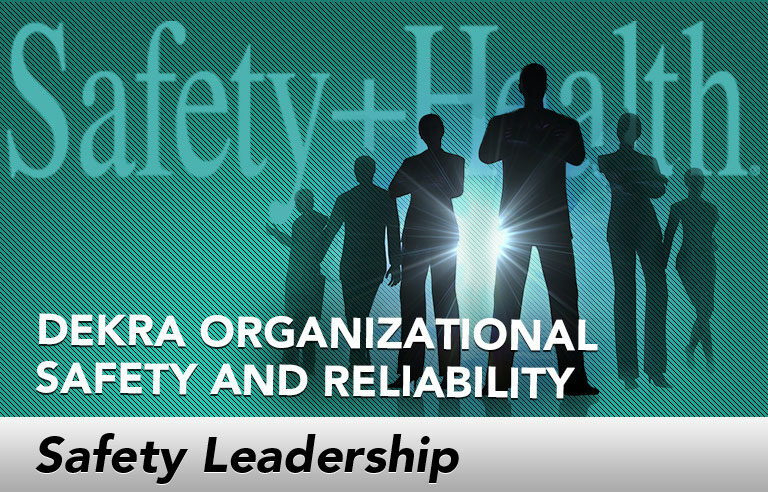Safety Leadership: Is behavior-based safety really washed up?

Editor’s Note: Achieving and sustaining an injury-free workplace demands strong leadership. In this monthly column, experts from global consulting firm DEKRA Insight share their point of view on what leaders need to know to guide their organizations to safety excellence.
I recently purchased a car I’d had my eye on for some time. It was exciting – making the purchase, picking it up, driving it off the lot. But not long after, the remorse set in. In my determination to get what I wanted, I found myself with a car that didn’t meet my objectives. Had I taken the time to clarify for myself the end state I most wanted from my purchase, I would have ended up with a completely different automobile. By going after what I thought I wanted, I missed the opportunity to get what I really needed.
Many organizations find themselves in a similar position when they implement a behavior-based safety system. They focus on getting the system up and running, or on a specific version of BBS, and think that alone will get them the results they need. Having the system – rather than addressing exposure – becomes the goal. When that happens, the true needs of the organization and its employees become secondary.
The reality is that BBS is one tool among many for reducing exposure. In many cases, BBS works to engage front-line personnel in identifying exposure, modify what they do in relation to it and give them the tools to effectively manage it. In many forms, BBS is an elegant, sound and proven approach. But success begins with knowing what your organization really needs. Leaders must always consider their team’s objectives, environment, process and balance.
Objective – The purpose of a safety system is to reduce exposure, not just leap into observations. It helps to slow down and orient the organization along the right path. Take the time to develop a critical behavior list that identifies employees’ and supervisors’ leading areas of concern. Help people recognize how those behaviors relate to exposure (ABC analysis) and how behavior is only one piece of the solution. In this way, we educate our people and develop their knowledge, so when (or if) it comes time to start observations, they can truly be a vehicle for exposure control.
Environment – What is the environment of your organization? What obstacles exist and how do you plan to overcome them? If a union is involved, how do you plan to involve it? Educating people on the process, gaining the participation of key stakeholders, and getting input from individuals across levels and roles will help drive the process forward.
Process – What are the actual elements you intend to implement? BBS is effective in many environments but might need to be supplemented or even replaced with other approaches. Supervisors guiding employees through exposure scenarios could have greater impact in organizations where there is a lot of turnover or where work transitions continuously across shifts. In other environments, exposure hunts may be the necessary element you need to round out the best possible process for your facilities.
Honor the balance between people and systems – Leaders must give due respect to the hierarchy of controls and recognize that an overemphasis on people weakens the exposure reduction goal and risks damaging the credibility of the BBS system itself.
Exposure – and always exposure – must be the target. It’s up to leadership to get people to see value in this. To get them to understand what exposure is and make sure they are getting at the right exposures, with the right approach, taking into account the present environment and the optimal process for moving the needle.
This article represents the views of the author and should not be construed as a National Safety Council endorsement.
 Jim Spigener is chief client officer for DEKRA Insight. A highly sought-after speaker, Spigener advises senior leaders around the globe on safety performance. He currently is writing a book on behavior-based safety that is scheduled for publication in 2017.
Jim Spigener is chief client officer for DEKRA Insight. A highly sought-after speaker, Spigener advises senior leaders around the globe on safety performance. He currently is writing a book on behavior-based safety that is scheduled for publication in 2017.
Post a comment to this article
Safety+Health welcomes comments that promote respectful dialogue. Please stay on topic. Comments that contain personal attacks, profanity or abusive language – or those aggressively promoting products or services – will be removed. We reserve the right to determine which comments violate our comment policy. (Anonymous comments are welcome; merely skip the “name” field in the comment box. An email address is required but will not be included with your comment.)

